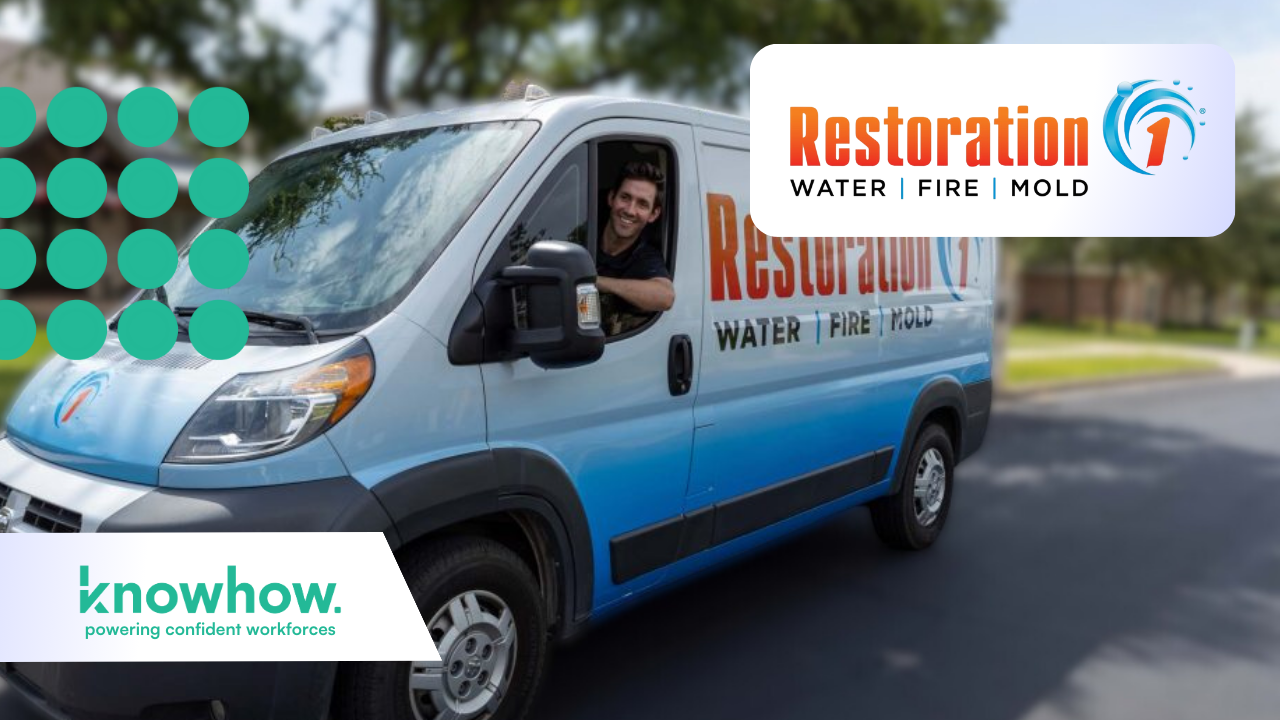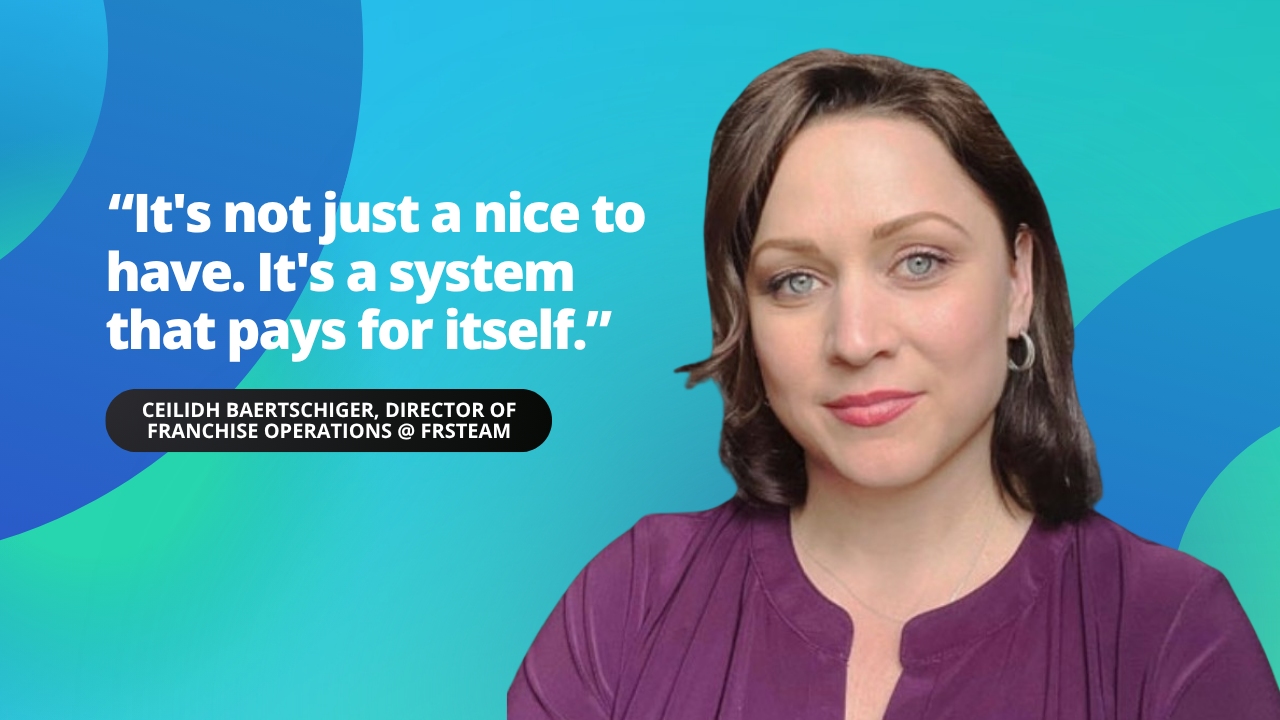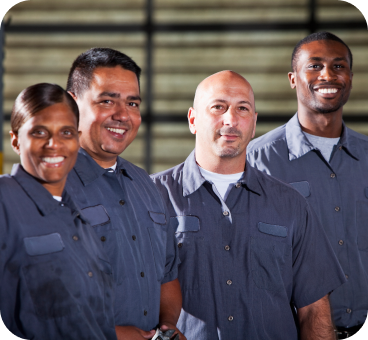
Scaling Restoration Expertise Across 11 Locations Without Scaling Headcount


Paul Davis of the Mountain West had the knowledge base: Insurance carrier guidelines, TPA requirements, SLA protocols—everything a growing restoration company needs to operate consistently. The information existed, but accessing it was a different ball game entirely.
Shandie Cook, Regional Program Director of the Mountain West, and her colleagues would sit down to build SOPs. “This is how I think this needs to be done,” one person would say. “This is how I do this piece,” another would add. Spreadsheets accumulated. Documents multiplied.
“It just wasn't cohesive,” Shandie recalls. “It wasn't something that was easily accessible for all of our team members because it was still scattered.”
Scattered information creates a waiting problem. Let’s say someone needs a TPA guideline or an SLA requirement. The answer exists, but finding it means stopping work to ask around, search through files, or wait for a response.
“Most people who know me know that I'm at all these [conferences],” Shandie explains. “I check voicemails and emails, and texts at the end of the day. So if somebody was waiting on me to respond, that's a lot of downtime.”
Down time equals longer work cycles, which means slower jobs, which directly impacts how much work comes in tomorrow, next month, next year.
At 2 locations with 60 employees, if that downtime happened regularly, it would be incredibly expensive. At 11 locations across four states—where Paul Davis would be five years later—scattered knowledge would make scaling impossible.
KnowHow As A Central Source of Truth
Paul Davis implemented KnowHow five years ago, starting with a straightforward mandate: “When our new technicians onboard, well, any role onboards, they automatically get KnowHow on their phone. If you need to know how to do something, this is where you go. You ask Howie, [KnowHow’s proprietary AI], and it’ll help you find the answer.”
The shift was phenomenal. Information that had been scattered across spreadsheets and trapped in individual expertise became centralized and accessible.
“Getting all of that knowledge out of us was seamless and made it so simple,” Shandie recalls. “It's like, oh, well, wait. Why haven't we done that? Because we didn't know how without the how-to.”
Most recently, Shandie took all their TPA guidelines—every carrier, every program—and loaded them into KnowHow's Magic Docs feature. “Now it doesn't matter who needs to find the information; they can say ‘by this TPA, by this carrier’, and they can see the guidelines and ask a simple question: ‘What is X for Y TPA and carrier?’ And Howie spits it out, and they don't have to ask me anymore.”
Now, questions get answered immediately. Shandie doesn't need to memorize every SLA. Technicians get answers instantly instead of waiting, and work keeps moving.
Now it doesn't matter who needs to find the information; they can say ‘by this TPA, by this carrier’, and they can see the guidelines and ask a simple question: ‘What is X for Y TPA and carrier?’ And Howie spits it out, and they don't have to ask me anymore.
Building Once, Scaling Everywhere
With KnowHow, Paul Davis built their processes and tested everything in their Utah locations. Once they knew it worked, expansion became straightforward.
“As we've grown, it's like, ‘Nope, here's how you do it. This is the Paul Davis way,’” Shandie describes. “And everybody knows, so it's seamless.”
In five years, Paul Davis of the Mountain West went from 2 locations and 60 employees to 11 locations across four states.
Shandie is direct about what made that possible: "It would not have been possible to scale the way we did as quickly as we did without KnowHow. Honestly, I don't think we could have done it as quickly.”
The ROI gains also showed up in dollars saved. "You guys have saved us tens of thousands of dollars," Shandie says, referring to potential downtime costs that KnowHow eliminated.
What Scale Actually Requires
Paul Davis Restoration of the Mountain West didn't solve their scattered knowledge problem by increasing headcount or asking Shandie to work longer hours. Instead, they built infrastructure that made expertise accessible without requiring person-to-person transfer and the resulting bottleneck.
Two locations became eleven. Sixty employees became a multi-state operation. And more importantly, Shandie—who could've spent five years answering the same SLA questions—had the bandwidth to focus on growth and profitability instead.
Her advice to companies facing similar constraints is unequivocal:
Just get KnowHow. It will save you time and money, which makes us all more profitable. It's a no-brainer.









